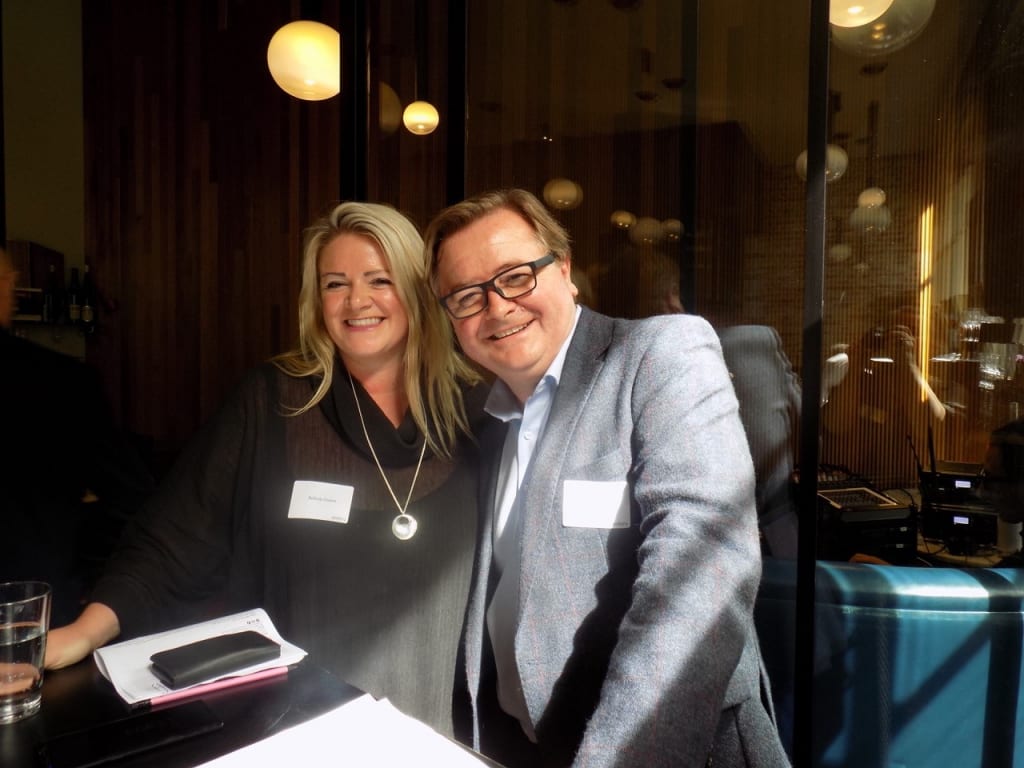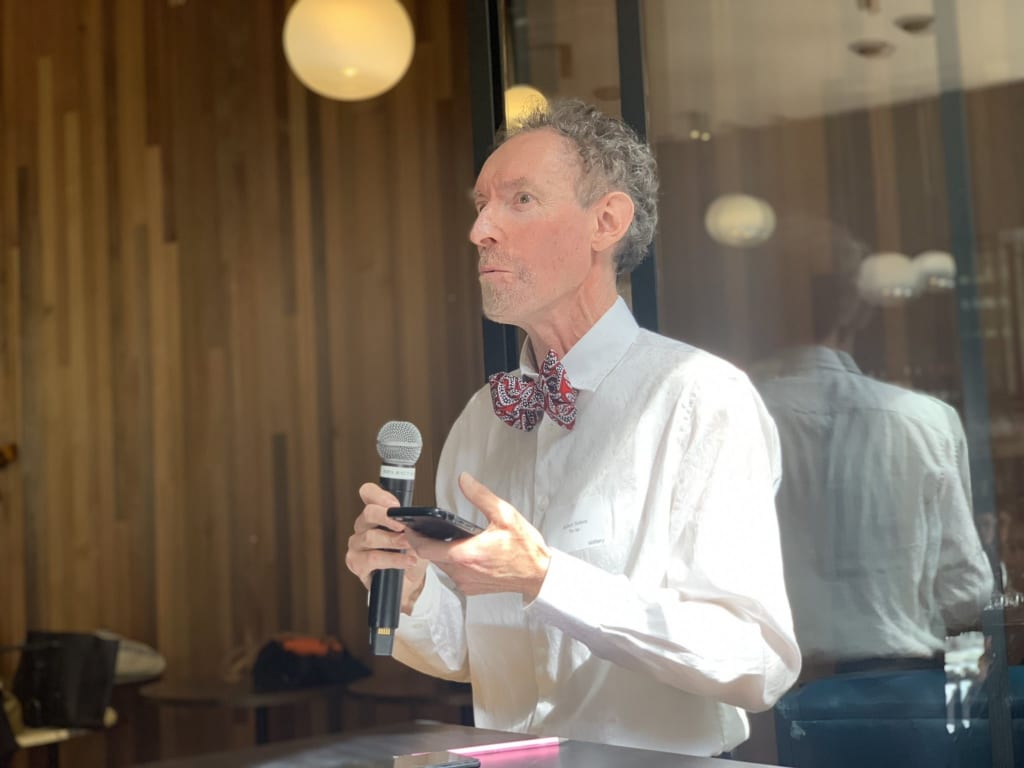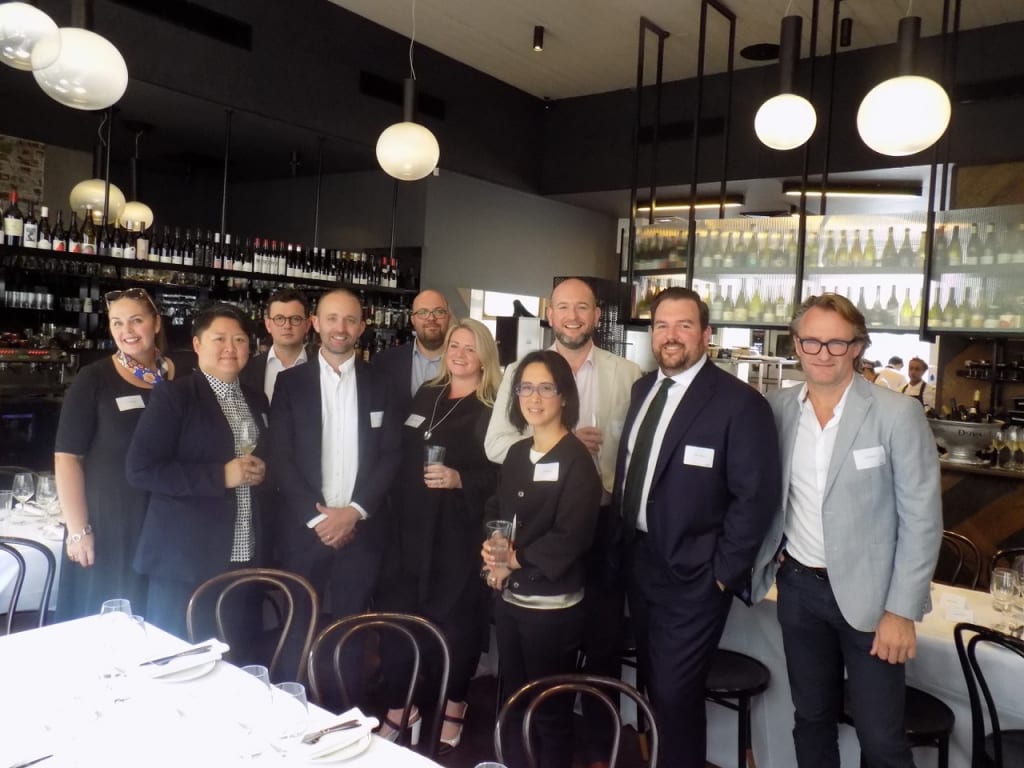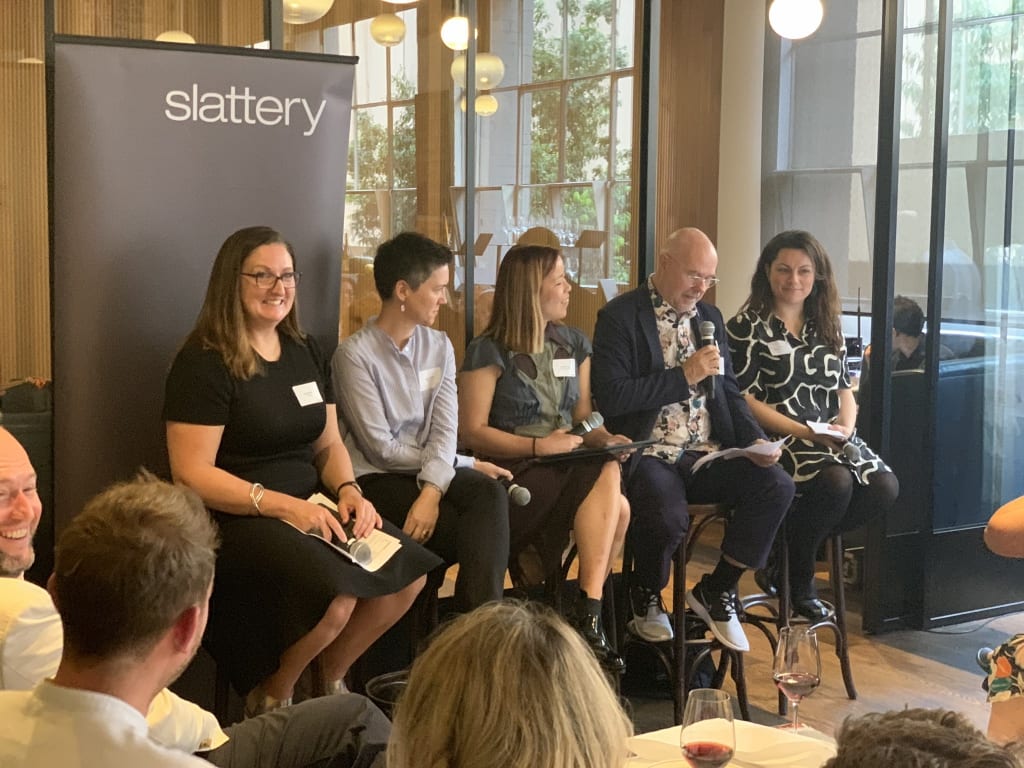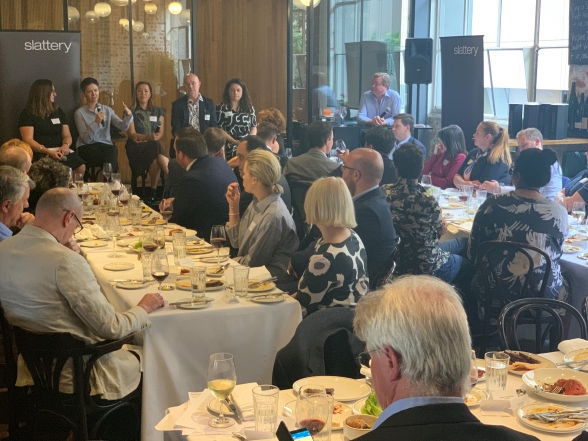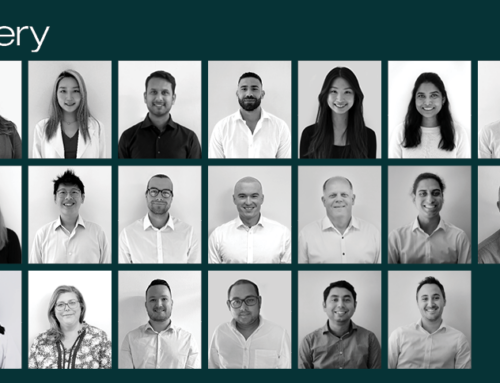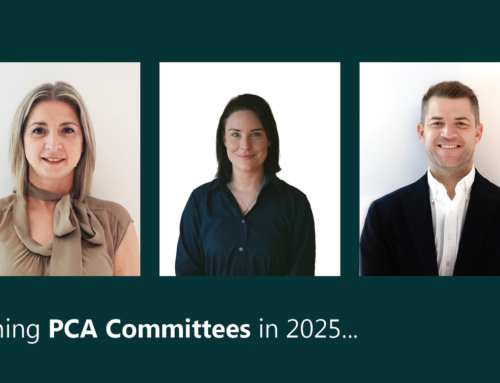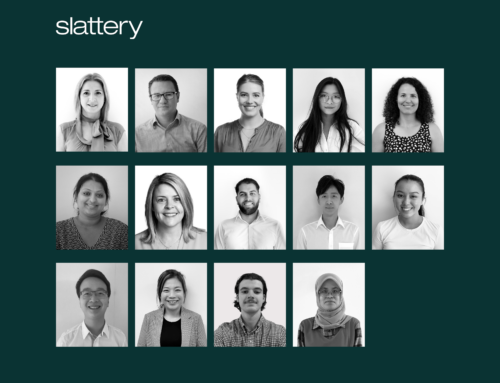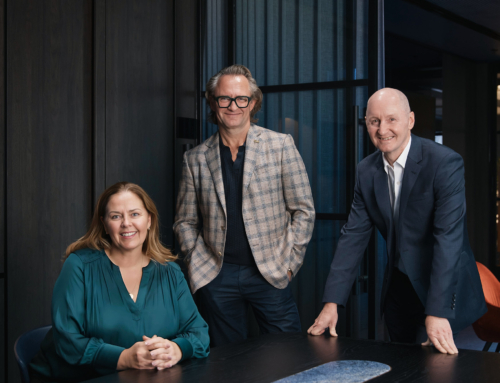Top Architecture and Government decision makers met to discuss the future of our precincts for Melbourne in a private forum…
On Friday 5 April, a panel of precinct development and design experts shared their insight on the increasing importance of precincts in shaping and sharing a communal story of our cities and people. The panel involved leading designers and planners from ARM Architecture, Hodyl + Co, HASSELL, CityLab, The University of Melbourne, Monash University and Slattery. The dynamic discussion exploded the current focus on the term ‘precinct’ to emphasise the need to create places people love, that exist in a complex zone between the personal and the public. The panel explored several topics including the importance of designing places with a 100 year legacy, the current infrastructure projects’ impact on a precinct, and a dissection of recent Australian and other global benchmark projects.
The select group of guests included Development Victoria, City of Melbourne, Architectus, Warren and Mahoney, FJMT, Gray Puksand, John Wardle Architects, Woods Bagot, Root Partnerships, Aurecon, ANZ, Museum Victoria and Arts Centre Melbourne amongst others.
Leading cultural commentator and art critic Dr Robert Nelson set the tone for the panel, moderated by Andrew Mackenzie, the founding Director of CityLab, which went onto discuss the opportunities that future precincts may bring to cities, what is important for the growing economy and a growing population, how soft and hard infrastructure impacts on a precinct, the transformation of cities through placemaking and the significant impact precincts can bring to bear on social and economic factors. The panel touched on current projects in Melbourne such as Fisherman’s Bend, Melbourne Arts Precinct Transformation, Monash University Masterplan and The University of Melbourne’s Student Precinct.
“The precinct can contain any number of landmarks but it is defined by that space that is in between.”
– Dr Robert Nelson
Fisherman’s Bend highlighted the contentiousness of precinct development, whereby Australia’s largest urban renewal project was zoned first, before any formal and visionary planning had been completed. A strong vision coupled with leadership and most importantly courage was what has brought the project back on track, towards one of the most exciting mixes of industry, technology and education in one area, that will power future economic, social and community outcomes in the future. By 2050, Fisherman’s’ Bend is expected to be home and provide employment for up to 80,000 people, providing community facilities and transport to ensure greater liveability, a driving factor in any precinct development.
Creating places that people love and will take ownership of and can experience life in was a common thread across the discussion. A precinct is a place that provides a sense of place or belonging, a shared sense of ownership and includes appropriate amenity for the community within. Commented Leanne Hodyl, “To me, a precinct needs to have a point of distinction and an absolute diversity inside it. It can be messy inside to allow for possibilities. As a growing population, the future projects listed within the discussions have the ability to support a number of economic and social services and activities as well as creating or enhancing economic growth conditions. There is a significant importance in transforming cities through place-making, aided by providing interpersonal interaction and fostering a sense of community by engaging people with their surrounding urban environment. A civic precinct brings a purpose-built facility creating a cultural destination, and forms a network that supports a more liveable, connected and sustainable city that people love. There is a significant importance in creating places people appreciate long after owners and developers have left. It is the long-term legacy and the lived experience of precinct which is paramount and the collaborators that design and build precincts are akin to alchemists, crafting gold from ideas.
Robert Nelson commented, “People come to a cultural precinct to enjoy a kind of blessing; and it follows that architecture and urban design succeed in creating such precincts when they communicate a hallowed sense of community.”
Andrew Mackenzie, founding Director of CityLab commented, “In any urban development or precinct, there is always tension between those who fund a project (the investors), those who build or develop the project, and those who will ultimately use the final outcome. Each of these three stakeholders have somewhat different aspirations. Different factors drive each group. So, the visionary must navigate and negotiate those tensions and differences, to bring them together for a successful outcome.”
Leanne Hodyl, Managing Director of Hodyl +Co commented, “Good precinct design prioritises the experience of the people working and living there, considers the specific qualities of the place and harnesses the opportunity to create a precinct that is greater than the sum of its parts.”
By 2030, the number of people living in cities globally is expected to be around five billion; in Australia our population is expected to grow to 35 million by 2050, with 85 % of people living in cities. As cities are projected to grow, there needs to be much thinking, discussion and action in regard to improving and redeveloping existing urban areas.
Further quotes from the day
Ian McDougall, Founding Director at ARM Architecture commented, “Is a precinct just another idea for a neighbourhood? There are good and bad precincts”. A good precinct is about a complex integration of users for users. Find intrigue amongst the widest group of people visiting a precinct and there is a complexity about precincts that people grow to love.”
Leanne Hodyl, Managing Director of Hodyl +Co also noted, “Future precincts are those which are open, creative and sustainable, where the people that live and work there feel a connection to the specific qualities of the place – the history, the landscape, the community – as well as a strong collective vision on the purpose of the precinct and a shared desire to make it happen.”
